The Qajar house is the last generation of Iranian houses, it is the result of several thousand years of architectural experience in each generation and in each period then a functional-decorative element has been added to this collection. Some of them were mostly for the rich, like mirror decorations and painting, some of them were not for the rich and the poor, they were in every Iranian house. Iranmehr mansion is one of these Qajar houses that date back to 225 years and has most of the decorations that are expected from an Iranian house.
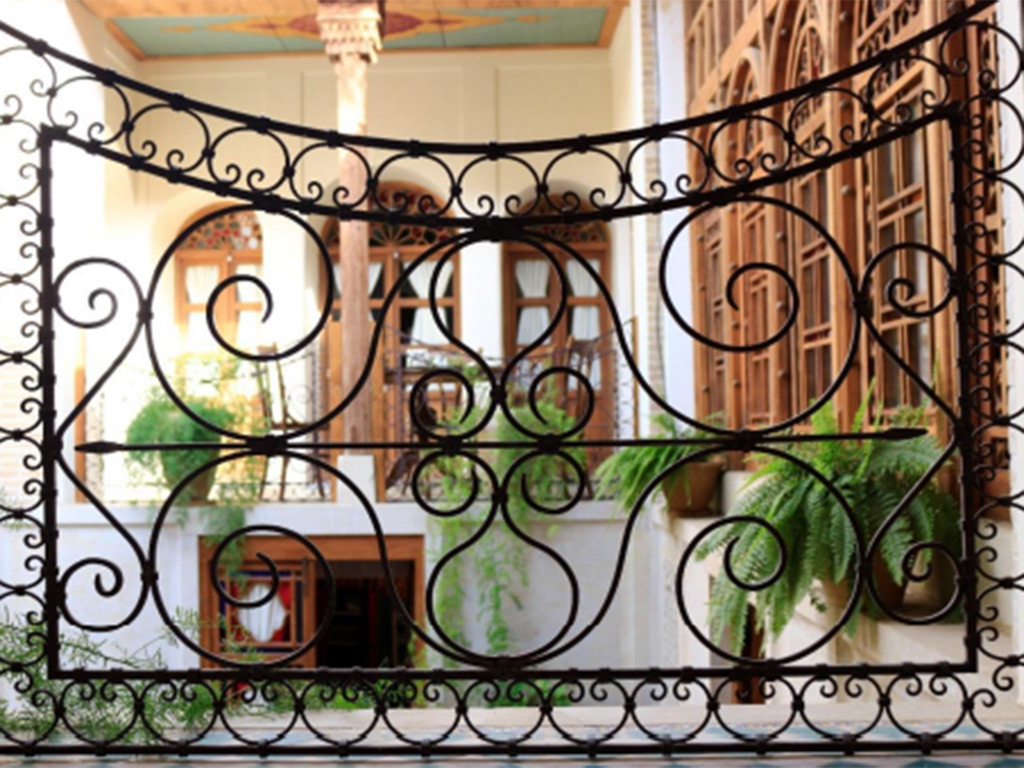
Painting:
Painting on the ceilings of rooms was one of the important occupations in the Qajar period. Lacquer paintings are popular from Safavi period and it was developed in Qajar period.
The ceilings of IranMehr rooms and corridors are made based on the principles of Shiraz school and include improvised designs with floral and chicken motifs, portraits, and poems of Hafez and Saadi.
Giri Tiles:
If we want to talk about Giri tiles, we can say they belonged to the Islamic period. Arranging pieces of wood next to each other with regular and symmetrical geometric. Giri tiles are a way to connect small pieces of wood without using any tools. Because of its texture, It can cause wood to crack.
Since the Safavid era, using a sash window or hung sash window has become popular and Girih tiles are combined with colored glass.
The sash window is usually five-door, but the houses of Shiraz also have seven-door and nine-door, as exemplified by the seven-door royal room of IranMehr mansion.
Mogharnas:
A series of decorations lose their functional aspect over time and are used only for beauty. For example, Muqarnas was used to turn a square plan into a dome, but since the Safavid, using Mogharnas became more and it had more decorative aspect. Mogharnas can be made of wood, stone, metal, and tiles, while the heads of columns at Iranmehr are made of wood and tiles, and it is a simple type of Mogharnas.

Tiling
Tile work is one of the inseparable parts of Iranian architecture. The two most well-known types are Moqeli and polychrome tiles. Moqeli tiles are composed of small pieces that create geometric patterns together polychrome tiles from the late Timurid period have become popular. It has larger dimensions(15*15cm) and in accordance with the architectural style of each dynasty and period, different paintings were drawn on this type of tile. For example, the style of Safavid period paintings is more abstract and Islamic designs. During the Qajar period, due to the prevalence of Arabic style, paintings mostly included human designs and villa houses. The columns on the south side are also decorated with Moqeli tiles, which, like most columns, start from a one-piece stone vase from the ground and rise to the sky.
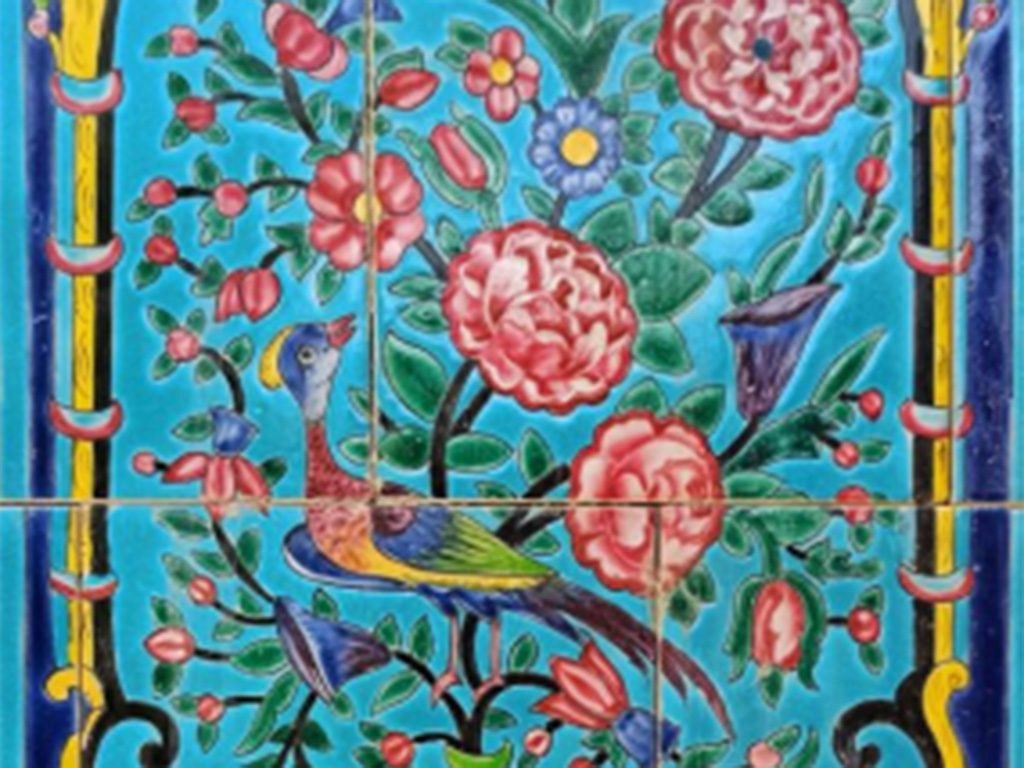
Forging
The Industrial Revolution was one of the events that made the use of metal popular in architecture. For example, the art of hammering that entered the country from the west during the Qajar period and had a protective function and was usually used for windows and stairs. They are fastened with their seat clamps. You can see the art of hammering in Iran and on the roof of Iranmehr.
Plinth and stone carving
Most of the stone decorations in Shiraz architecture were executed on wheat stone, Including Plinth that has played the role of basement skylights and cellars. The plinth, like the sash knots, prevents people from seeing the interior of the yard and preserves the privacy of the occupants of the house. Iranmehr stone carvings have been executed on the walls of crypt rooms, traditional baths, and stairs.
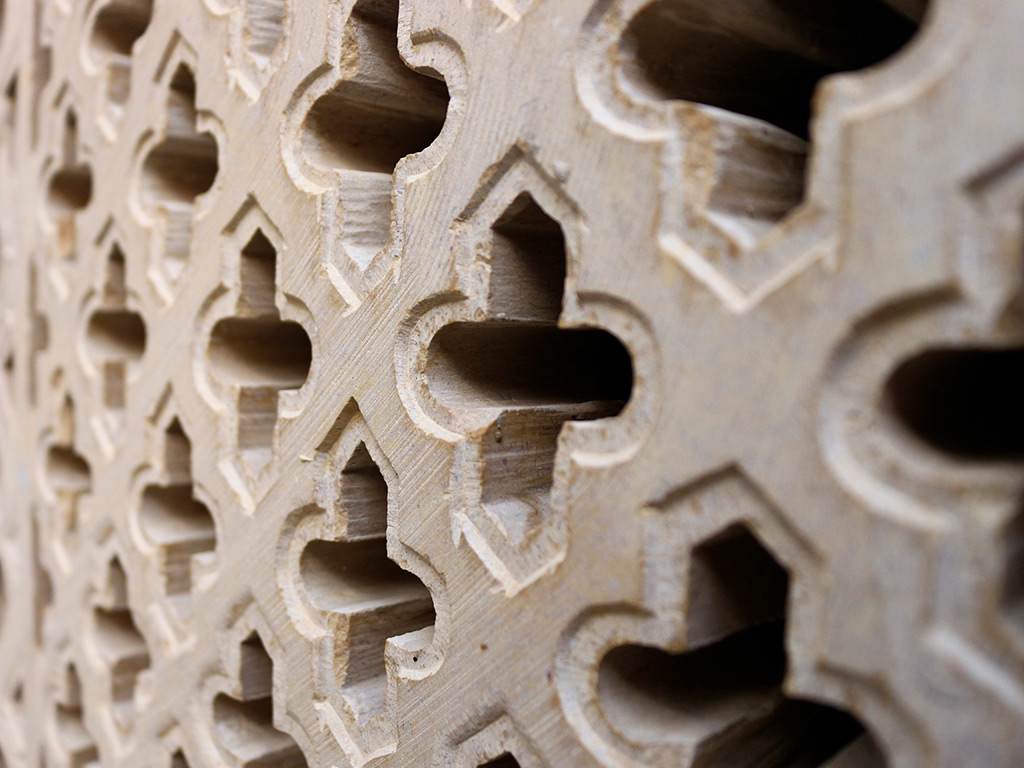
Arches
The construction of the arch in Shiraz has been very common due to its seismicity because the arched structure of the arch transfers the weight of the vertical load to the walls and makes the building less damaged during the earthquake. At the entrance of the first mansion, we pass through a sharp arch and enter the porch of the mansion and see the formal arch, which has been worked with very precise geometric calculations. The arches of the restaurant are also of the crown type, which is highly prone to earthquakes.
In short, the Iranmehr boutique hotel is one of the most attractions in Shiraz that you can stay in the rooms and experience special life like our ancestors.

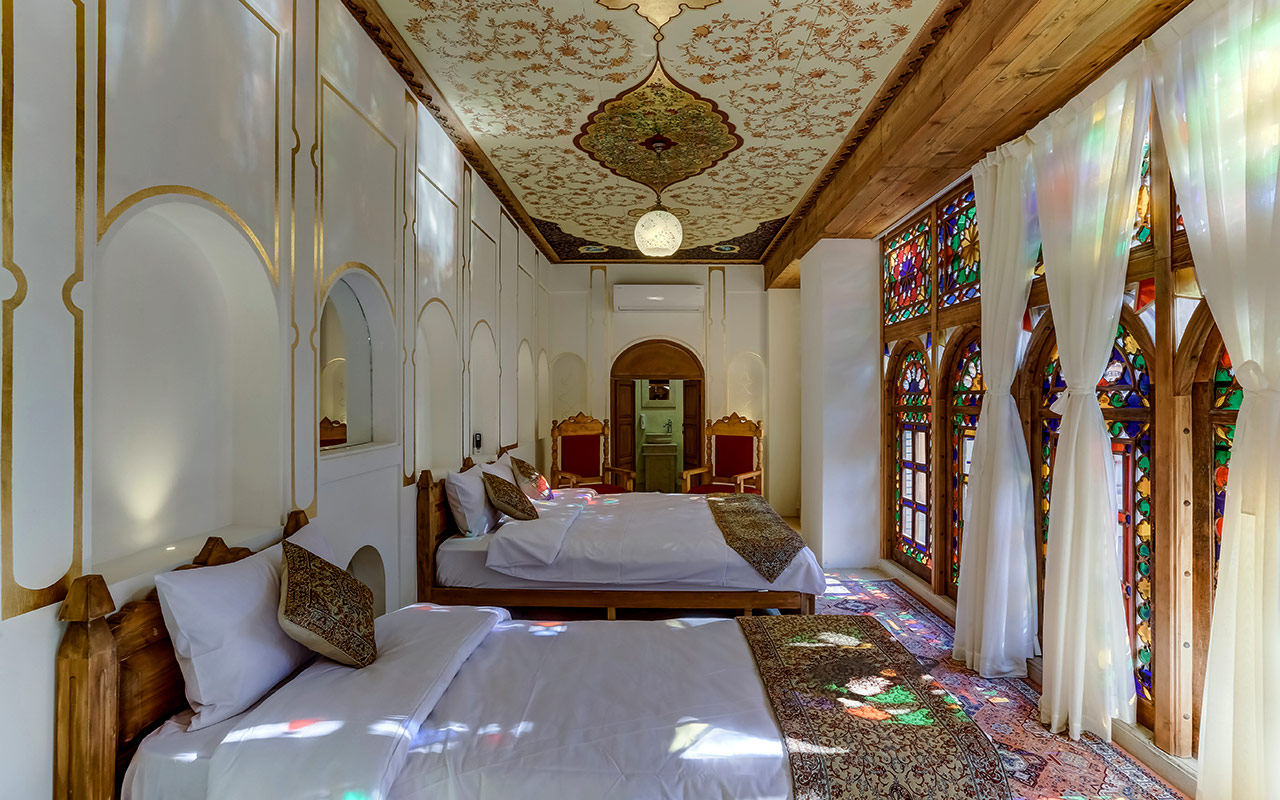


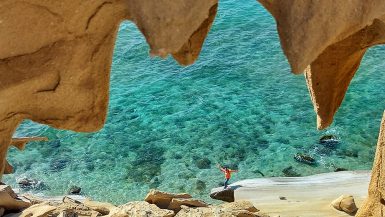

Leave a reply